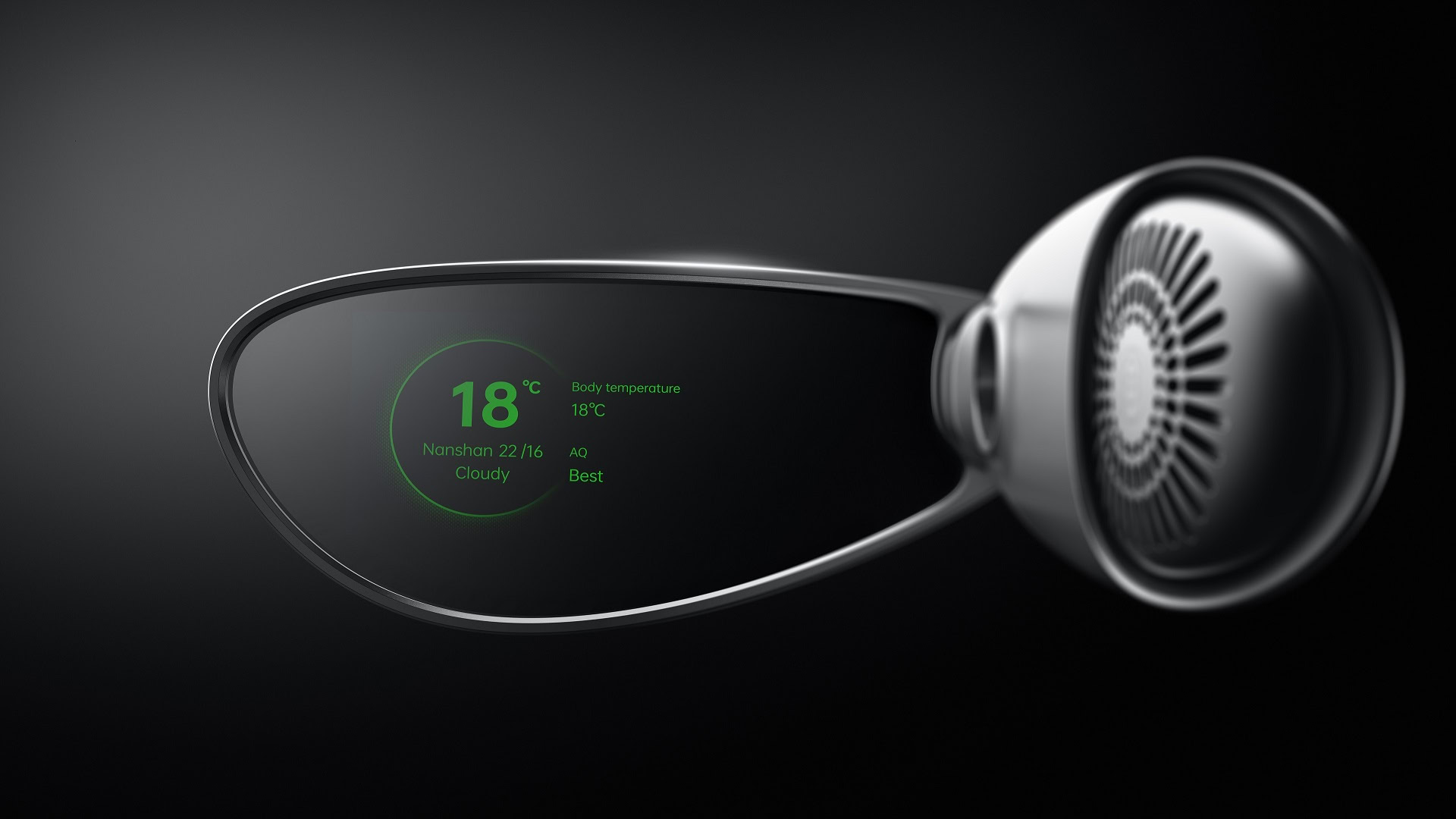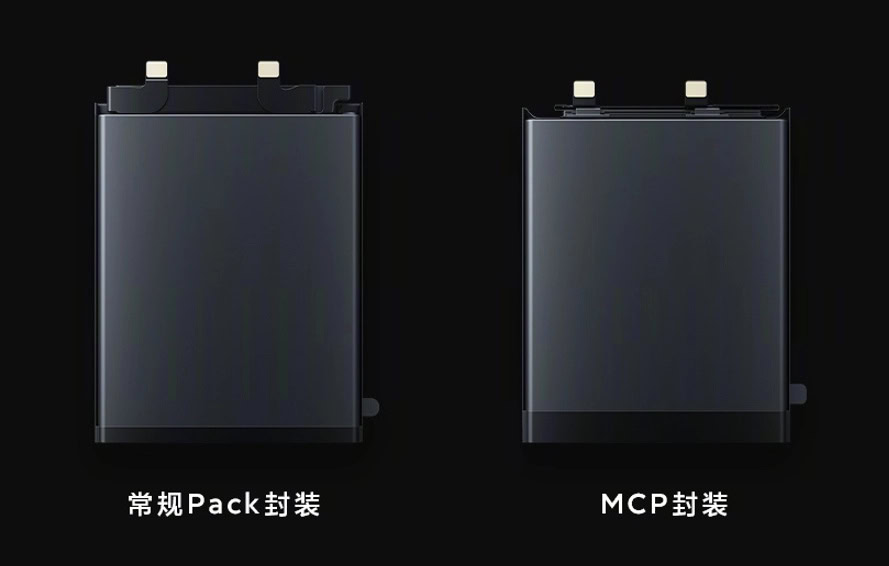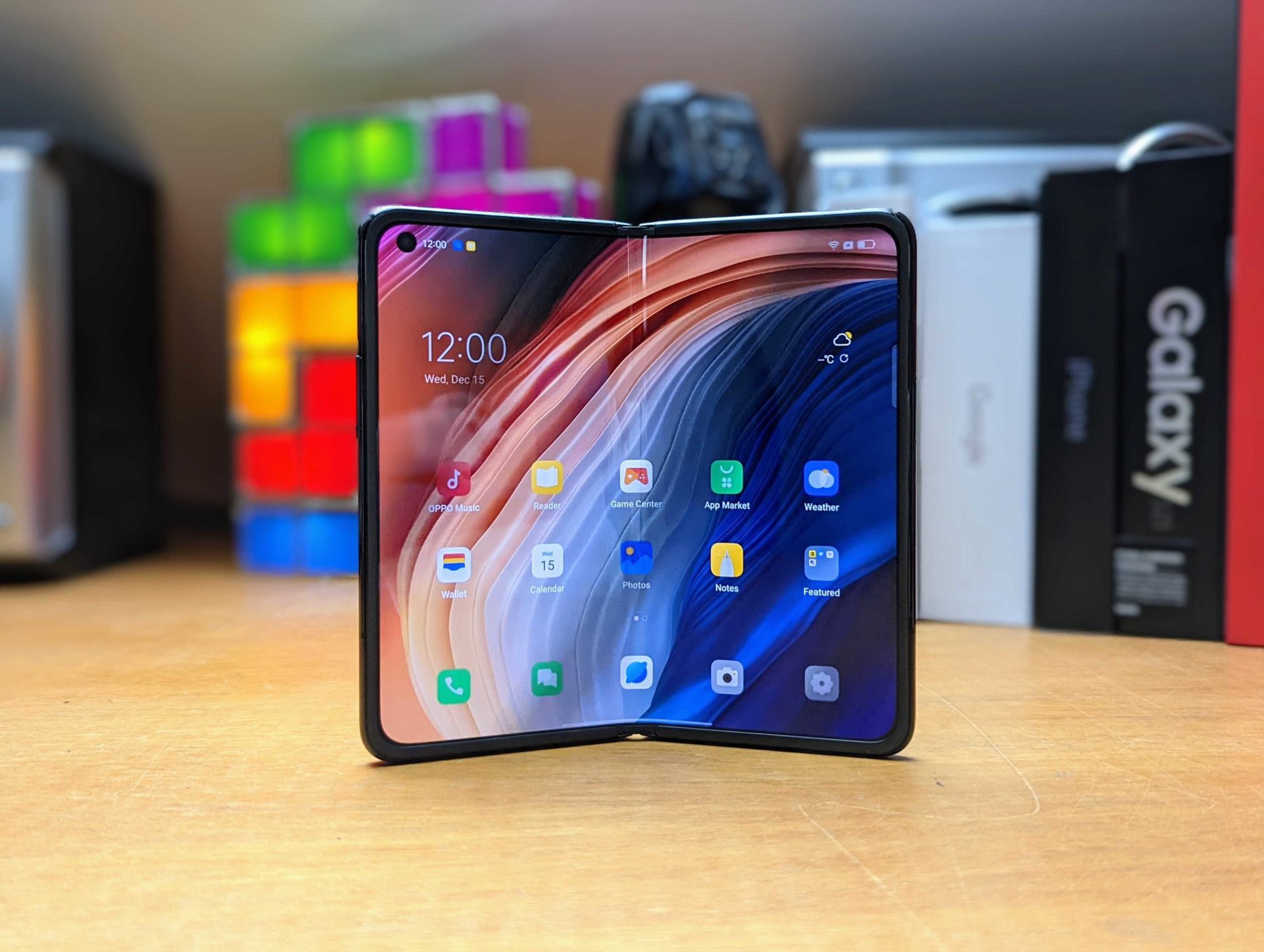Affiliate links on Android Authority may earn us a commission. Learn more.

Oppo Inno Day across today and tomorrow is underway. Earlier this morning via livestream, Oppo announced new tech it hinted at all last week — though not its foldable, yet! Instead, we have a look at its latest in imaging tech and AR.
The headline is that Oppo will have its own custom silicon too, thank you very much.
MariSilicon X
- Oppo has a new chip named MariSilicon X: It’s not an SoC but a custom image signal processor, or imaging NPU, loaded up with what Oppo says is its machine learning algorithms and tech.
- We know Google has had a prominent spot in its computational imaging, but we’ve also seen that boosting machine learning capabilities will clear bottlenecks in the race towards even better images.
- Oppo seems to think like that too: The new 6nm MariSilicon X chip will power Oppo’s AI imaging algorithms for pictures and up to 4K 30fps HDR video.
- Specs don’t mean a lot (the chip can handle 18 TOPS) but Oppo dangled out an example of its custom silicon versus the Snapdragon 888 — which is both kind of unfair (the Snapdragon chip is a platform for all) but also shows the power of customization.
- The test was to use Oppo’s AI noise reduction algorithm with the Oppo Find X3 Pro running the Snapdragon 888. The test ran at 2fps and required 1,693mW of power.
- The same algorithm running on the custom MariSilicon X, Oppo says, runs at 40fps and consumes 797mW.
- Potentially some nice benefits there including 20x faster speeds and efficiency gains, though of course, what matters is much more about what’s in the hand when you snap a photo.
- And that will be soon: The new chip will be in the next Oppo Find flagship smartphone, scheduled to arrive in “Q1 2022”.
- More tech details about the chip here.

Oppo Air Glass
- Oppo’s other big announcement was its “assisted reality” glasses: think less augmented reality, and more like reality with more data.
- The Air Glass offers a heads-up display, which will offer relevant, real-time data on the fly. It sort of sounds like you’ll get something like what’s on your phone’s home screen or data from some apps, like your daily agenda, shopping list, navigation, health data, live transcriptions, current weather updates, and so on.
- Which… actually seems decent? Like, the idea of having data available if you already wear glasses like I do makes some sense.
- Even just a notification light in my glasses would occasionally be useful.
- Anyway, the problems are, as ever, cost, style, compatibility with prescription lenses, weight, and battery life.
- Of those five problems, Oppo has two sorted already: weight (30 grams), prescription lenses compatibility.
- The style is …weird? The lens is just an odd shape: not hideous but styled oddly.
- And two issues stand out: battery life is only three hours with the display powered on, and we don’t know pricing details at all.
- Plus, they’ll only be available in China, for now, launching in Q1 2022.
📁 The Huawei P50 Pocket is coming next week: Is this a Galaxy Z Flip rival? (Android Authority).
🔎 Apple finally released a Tracker Detect app for Android: It works by pinging you if you’re near an AirTag that’s not yours (but has been separated from its owner) for at least 10 minutes (Android Authority).
🚰 Huawei made a smart water bottle that runs HarmonyOS because why not (Gizmodo).
🐚 The Log4Shell bug is possibly the bug of the century and the race to patch it is on (TechCrunch).
🕹 Analogue Pocket review: The greatest Game Boy ever made (Ars Technica).
⭕ $24.99 Red Ring of Death poster commemorates Microsoft’s billion-dollar Xbox screw-up (Ars Technica).
🧠 A gene-tweaked jellyfish shows nerve cells lighting up when they fire (Wired).
🔋 Toyota puts it into reverse: Now it says it will shift more rapidly to EVs, a big change (WSJ, $).
🌌 2021 was the weirdest year in space ever (Gizmodo).
💸 $300,000 Bored Ape NFT sold for $3,000 because of misplaced decimal point: 0.75ETH, not 75ETH (The Verge).
🔊 Spotify has paid celebrities millions to make podcasts that … don’t exist? (Podnews).
📸 The year’s best science images (Nature).
🤔 “[Serious] What’s a scary science fact that the public knows nothing about?” (r/askreddit). This is amazing, there are 20,000 comments here, so many many rabbit holes…
Well, this is upsetting: here’s a scary look at 20 years of deforestation in the Amazon in Mato Grosso, Brazil.

- I couldn’t make a gif out of this but generally, the short clip probably looks a little worse than it is: This is a 45x25km zone, not the entire Amazon, so around 0.01% is on show here…
- Still, according to National Geographic, 17% of the Amazon rainforest has been destroyed over the last 50 years, and that rate is on the rise.
- But aside from quibbling, the data comes out of the University of Maryland, which offers an insanely detailed dive into deforestation and much more labeled data.
Cheers,
Tristan Rayner, Senior Editor

